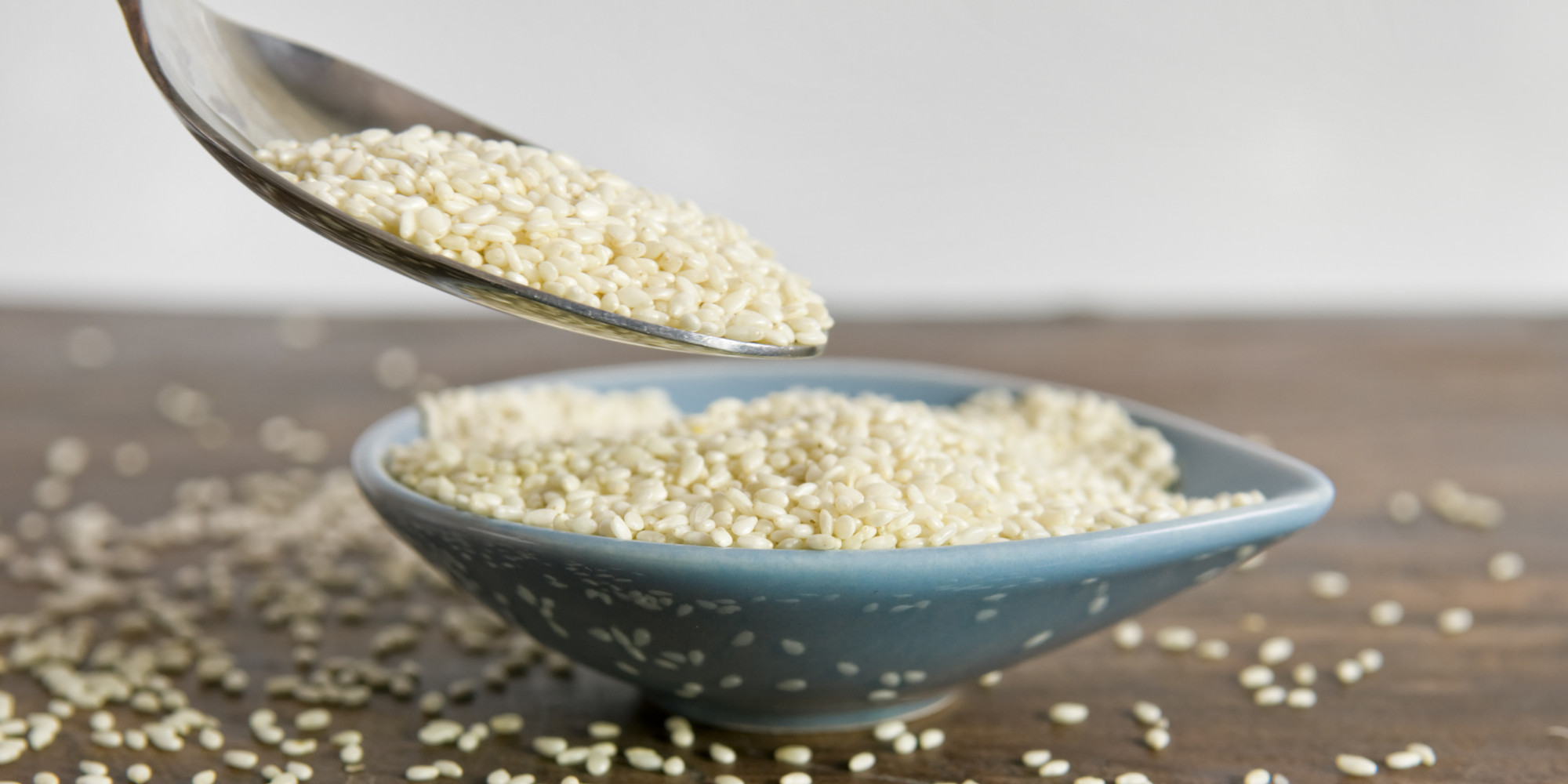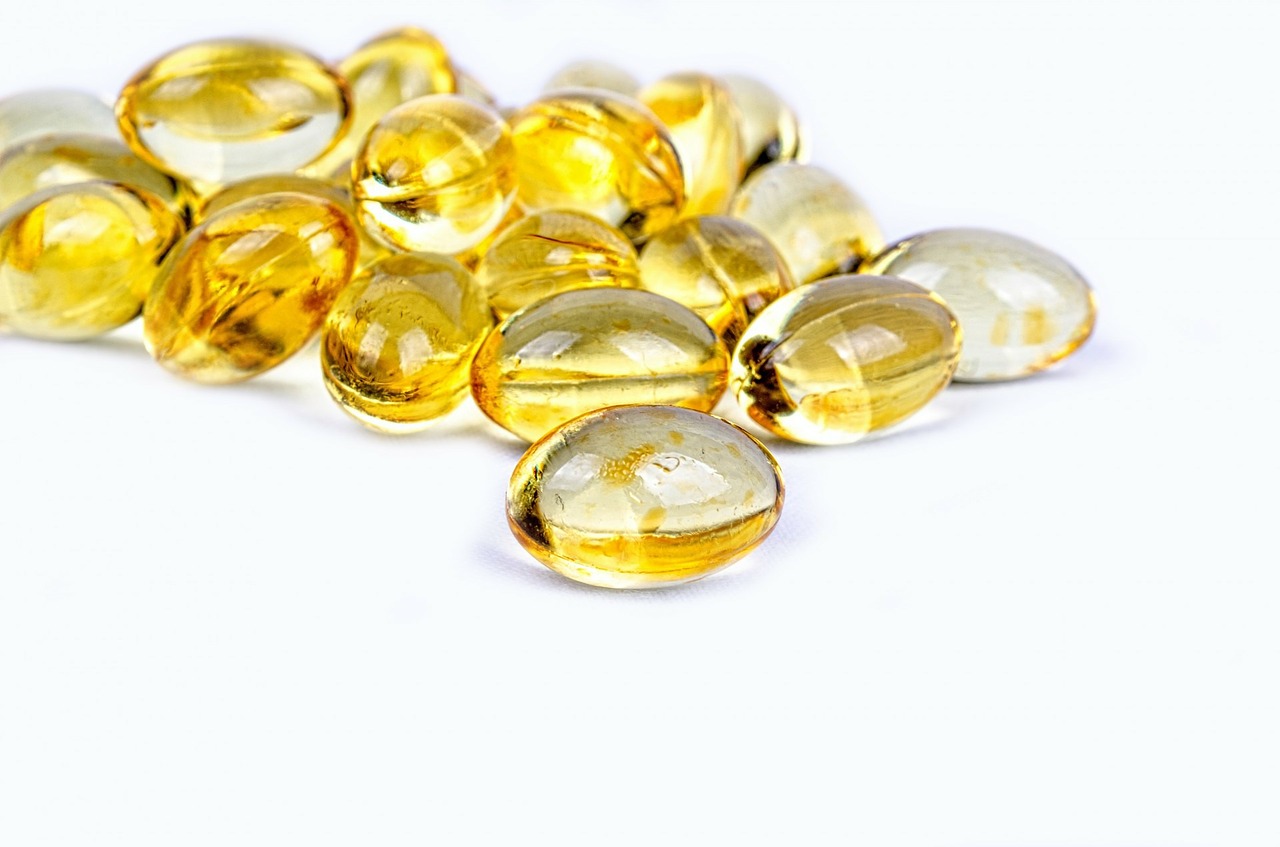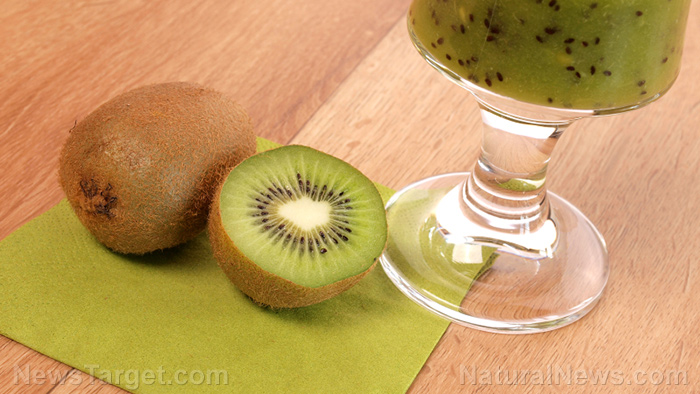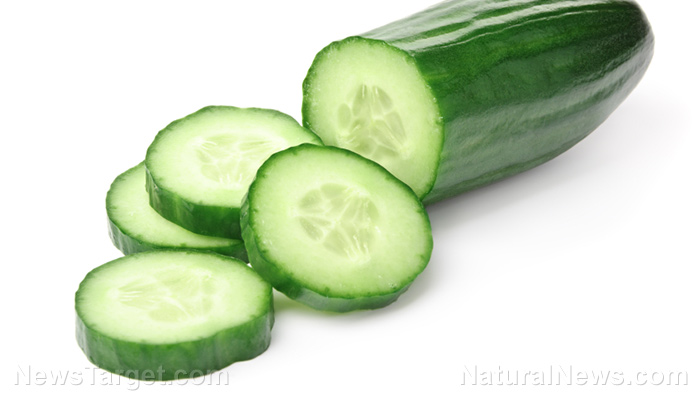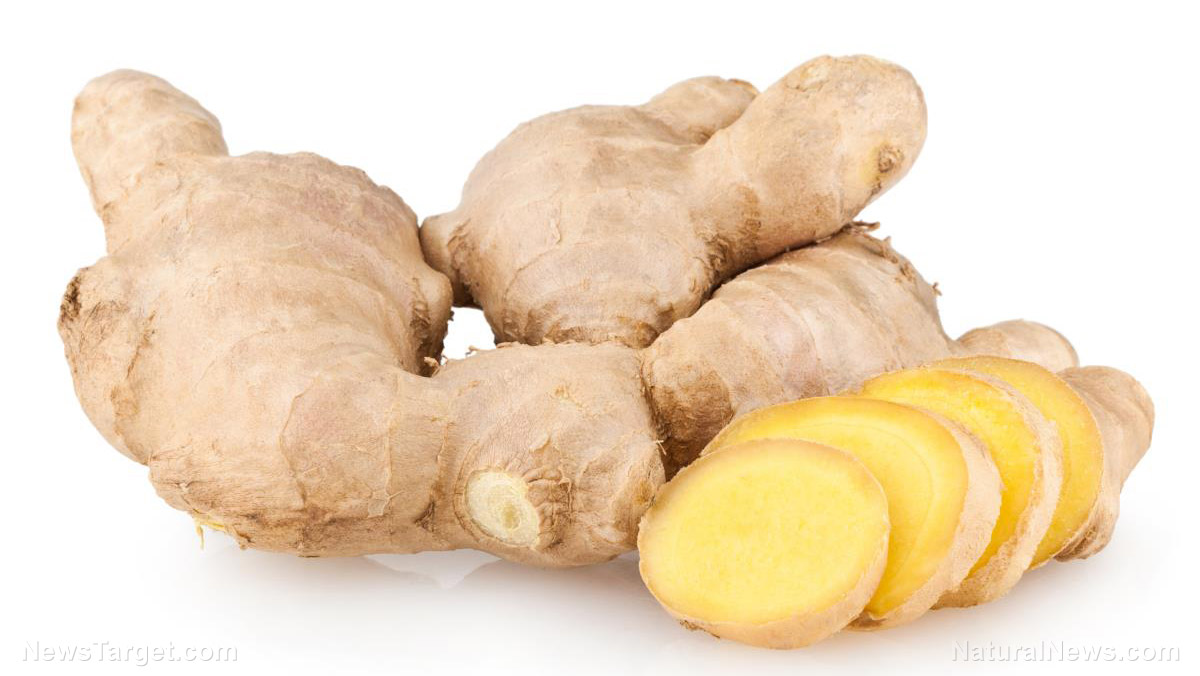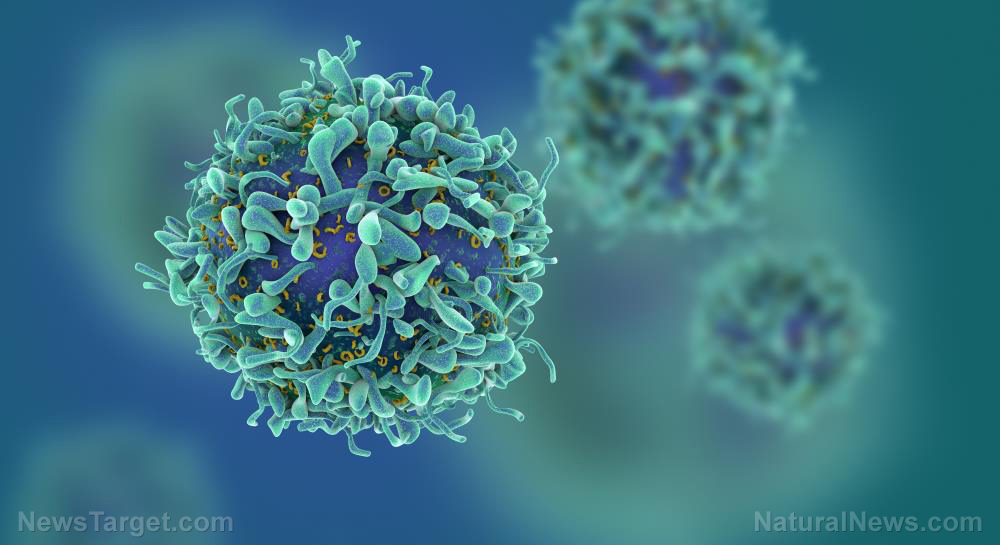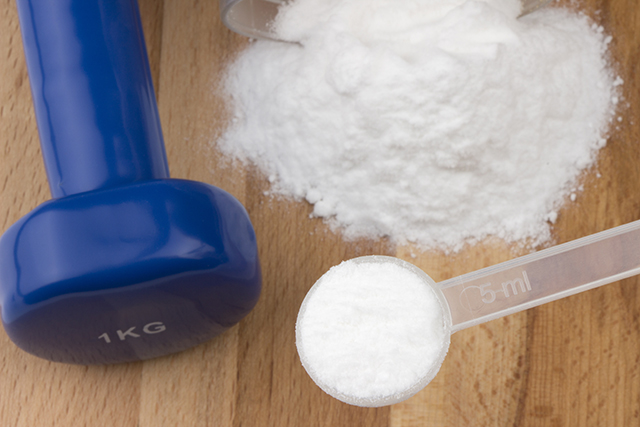Fiber found to be an underutilized treatment for type-2 diabetes
04/08/2018 / By Ralph Flores

Getting more fiber into your diet isn’t just good for digestion. According to a study, it could also reduce symptoms of diabetes and help with weight loss. The study, published in the journal Science, revealed that dietary fiber could “rebalance” the gut microbiota, encouraging the development of specific types of gut bacteria that improve blood glucose regulation.
In the study, lead author Liping Zhao of the School of Environmental and Biological Sciences at Rutgers University–New Brunswick and his team investigated the relationship between the bacteria in the gut and diabetes. The gut microbiota, which is home to billions of bacteria, contains both beneficial and harmful microbes. Still, they all work to not only to ensure proper digestion but also to support the immune system and other things, as recent studies have begun to highlight.
While earlier studies have shown that an increase in fiber intake lowers the chances of getting type-2 diabetes, individual responses have been variable at best. In other cases, a fiber-rich diet helped reduce fasting glucose levels of those who already had diabetes. (Related: Fiber and diabetes – What you need to know.)
The study couldn’t have come at a better time. In the 2017 National Diabetes Statistics Report from the Centers for Disease Control and Prevention (CDC), over 30 million people – 9.4 percent of the U.S. population – have diabetes. While the data doesn’t differentiate between the types of diabetes, the CDC says that up to 95 percent of all reported cases are characteristic of type-2 diabetes.
100% organic essential oil sets now available for your home and personal care, including Rosemary, Oregano, Eucalyptus, Tea Tree, Clary Sage and more, all 100% organic and laboratory tested for safety. A multitude of uses, from stress reduction to topical first aid. See the complete listing here, and help support this news site.
Type-2 diabetes is when your body does not properly use insulin – a condition known as insulin resistance. When this happens, blood sugar (glucose) is not used efficiently in the body, causing cells to become energy-starved. The condition may impair the eyes, kidneys, nerves, and the heart in the long run.
For the study, Zhao, together with scientists from Jiao Tong University in Shanghai, China, randomly assigned patients with type-2 diabetes in two groups. The control groups underwent standard patient education and dietary recommendations. The experiment group, on the other hand, were given dietary fibers to supplement their recommended diet. The high-fiber diet included whole grains, as well as traditional Chinese medicinal foods that contained high levels of dietary fibers and prebiotics that promoted “the growth of short-chain fatty acid [SCFA]-producing gut bacteria.”
After 12 weeks, researchers found that those who took a high-fiber diet significantly reduced their average blood glucose levels. In addition, their fasting blood glucose levels also dropped, and they lost more weight than those in the control group.
Researchers also identified 15 SCFA-producing gut bacteria that improved after eating more dietary fibers, which they attributed as “key drivers” of better health. In particular, these bacteria became dominant strains after the high-fiber diet. They also boosted the levels of the SCFAs butyrate and acetate, which helped reduce the number of harmful bacteria in the gut, thanks to these two creating a mildly acidic gut environment. This increased insulin production and improved blood glucose control.
Based on these findings, Zhao and the team believe that the study will provide new approaches to preventing and managing type-2 diabetes.
“Our study lays the foundation and opens the possibility that fibers targeting this group of gut bacteria could eventually become a major part of your diet and your treatment,” he added.
Some fiber-rich foods to get you started
Fiber, of course, is famous for improving a person’s digestive health – especially for his gut microbiota. It’s in this region that fibers are consumed by the bacteria, which can result in a number of health-related benefits.
The recommended daily intake (RDI) for men is 38 g, and 25 g for women, but a lot of people eat way less and only consume between 15 to 17 g of fiber per day. If you’re one of those people – or if you just want to switch up your fiber intake in general – here are some high-fiber foods for your next meal.
- Pears: This popular fruit is not only tasty, but it also contains 3.1 percent fiber – which translates to 5.5 g in a medium-sized pear.
- Avocados: Loaded with healthy fats and essential vitamins, avocados also have a 6.7 percent fiber content to match.
- Raspberries: They contain 6.5 percent fiber – a cup will give you about eight g of fiber.
- Artichokes: It’s packed with a lot of nutrients, and it’s one of the world’s best sources of fiber at 5.4 percent.
- Lentils: One of the most nutritious foods known to man – and ridiculously inexpensive to boot, lentils contain 7.9 percent fiber, as well as protein and other nutrients.
- Kidney beans: With a 6.4 percent fiber content, this legume also comes loaded with plant-based protein and other nutrients.
- Chia seeds: These tiny black seeds pack a whopping 34.4 percent fiber content, as well as magnesium, phosphorus, and calcium.
Learn even more benefits of fiber by going to Food.news today.
Sources include:
Tagged Under: diabetes, diabetic diet, dietary fiber, digestion, fiber, fiber intake, gut microbiota, insulin, insulin resistance, Microbes, nutrition for diabetics, prebiotics, proper diets, proper nutrtion, SCFA, short-chain fatty acid, Type 2 Diabetes

